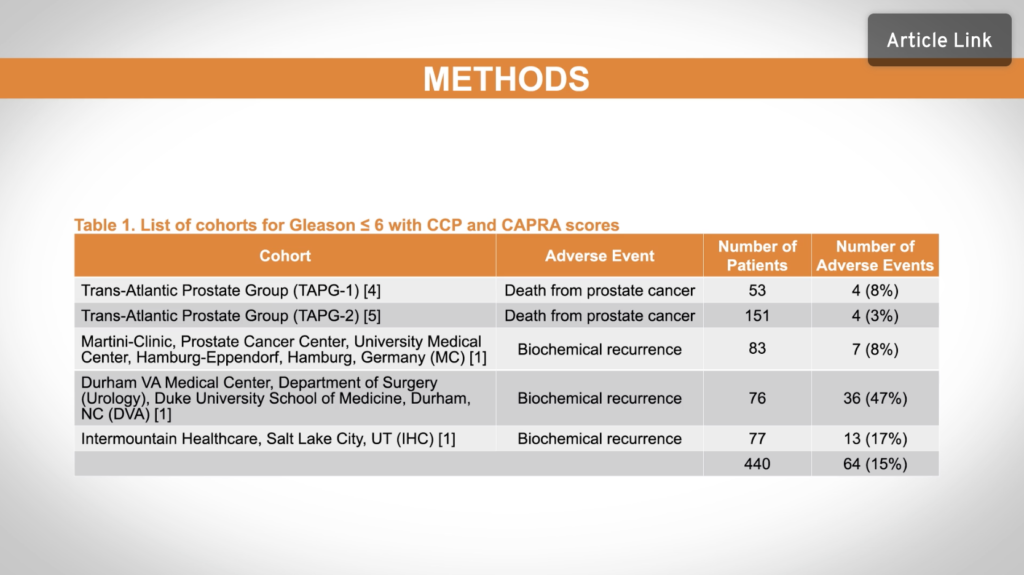Editor’s note: This post was originally published on 9/7/16 and has been updated for accuracy and comprehension.
Right now, more than 300,000 clinical studies are going on worldwide.
Doctors and researchers are studying countless aspects of health and medicine, such as heart disease, diabetes, nutrition, cancer, drug treatments, pneumonia, childhood food allergies, and even acne.
All of these studies have one thing in common: At some point, the scientific research results need to be presented to the medical community and key stakeholders.
And that’s where video comes in with a way to greatly improve the method of communicating research results – and it’s a key component of an effective clinical and healthcare marketing strategy.
Using video to communicate research study results
There’s no denying the power of video, which uses both sight and sound to capture the viewers’ attention, making the message concise and easier to understand.
Here are a few statistics you may not know:
- According to INSIVIA, viewers retain 95% of a message when they watch it in a video compared to 10% when reading it in text.
- Cisco Systems estimates that 80% of internet traffic is video.
- Forrester Research says that, overall, employees are 75% more likely to watch a video than to read documents, emails or web articles.
How does all of that translate to a researcher’s results?
After all, doctors aren’t marketers, and they aren’t in the business of providing entertainment.
However, when used as a communication tool, video can make complicated scientific information digestible, far more accessible, and dramatically increase the size of an audience – as well as save clinicians time viewing vs. reading the information.
Validation studies, specifically, are important to physicians who are using the current product; these studies help support continued adoption or expanded use.
Move over text posters…
Typically, clinical study results are presented in medical journals, in PDF-driven online databases and on wall posters at medical conferences.
A standard poster would give the study abstract, the details and methods of the study and the summary of results and references, primarily in dense text.
Poster presentations at medical conferences outnumber oral presentations, but there are downsides:
- Posters must follow a format.
- Posters have to meet size and display requirements.
- Posters must deliver an immense amount of information all at once.
- The Author, Lead Investigator or Clinical Marketing Expert may need to be on hand to discuss their findings and provide guidance through the often complex information.
Even the American College of Physicians concedes that posters have limitations. “Posters that are mainly text discourage others from visiting and reviewing your work,” it says on its website.
“Make your presentation as visual as possible; not only does it make your poster more appealing, but information can be transmitted more efficiently with a picture, figure, or graph.”
What if that presentation could go one step further? What if a poster could guarantee that the Author or Lead Investigator would always be there to take you through the study, step by step?
With video, it can.
The challenge with communicating study results
Klemen Zupancic, who has a PhD in biomedicine and is a business development executive for BioSistemika – a company that develops software for life science laboratories – wrote an article for his company’s blog, Splice.
In it, he discusses the flaws in the current system of communicating clinical trial results.
“It is quite remarkable that in this day and age, where everything has to be touch-friendly, responsive, interactive, mobile and so on, we rely on PDFs to distribute science,” Zupancic writes.
He goes on to mention possibilities such as; interactive web pages, images, and video, noting that the technology already exists, but that old habits die hard.
Video research posters: Then and now
Three years ago, we created one of the first Clinical Study Poster videos for Myriad Genetics, and earlier this year, their sister company, Myriad Women’s Health asked us to create a series of research poster videos for an upcoming medical conference.
What we created then and now are dramatically different types of clinical videos – although both are a huge improvement over the traditional posters published in medical journals, online databases and at medical conferences.
There are many ways to create these types of videos, which are significantly more effective than the standard research poster, which is the current method of conveying medical research information.
Then
In the first video, you see that we featured the lead investigator, providing a voice over-explanation of the key findings in his clinical study. The video featured static motion graphics, and it’s quite long: 6 minutes.
This video poster ensures that the Lead Investigator or Author can walk viewers through the study.

Now
Last year when we made a second series of Research Poster videos for Myriad Women’s Health, and you’ll see that Myriad’s clinical product specialist is featured (and not just her voice).
We filmed live, a significant differentiating factor that humanizes the video and makes it much more engaging.
The video also highlights the key findings of the study, but now we are able to use animated motion graphics to demonstrate the results – turning potentially dry results into a more interesting visual presentation. By doing so, we were able to reduce the video’s length to a more digestible 2 minutes.
Producing a video poster is easy and affordable
When we created Myriad’s first Clinical Study Poster video three years ago, we used original images and information from the actual clinical study wall poster, which saved them time and money in not having to create additional assets to develop the video.
This first video did not require any live video filming, and instead, we recorded audio of Myriad’s principal investigator presenting the key data points.
When we created the new Myriad Women’s Health’s Clinical Study Poster Videos, we incorporated live filming of their presenter who explained the key data points, while we cut away to animated motion graphics to demonstrate the main data points. The filming greatly humanized the clinical trial poster videos and made them much more engaging.
Although we did fly a small crew to Myriad Women’s Health (formerly dpCounsyl) headquarters to capture the live video footage, we were able to film multiple clinical trial poster videos for an upcoming medical conference, which brought the price per video down significantly.
The first Myriad Genetics Poster video cost $4,500 because we only produced one video. However, the Myriad Women’s Health videos cost them only $2,000 each, because we were able to plan out and film all five in one day. The $10,000 Myriad investment in all five videos, which were higher quality and more engaging than the original Poster video, was a much more cost-effective use of their resources.
Putting video marketing to work for you
Healthcare/medical marketers should begin incorporating video in areas where increased comprehension, shareability, and engagement is needed, and to stand out from the crowd.
Think about the last medical conference you attended.
And the rows upon rows of posters. How do you get noticed?
Video research posters are a great way to deliver concepts and abstracts and get attention.
BUT it’s catching on quickly among healthcare organizations, and quickly becoming the norm. If you’re not producing video, you could be left behind.
If you’re ready to work with a video marketing company to produce your research results video poster, be sure to choose a team that is creative at coming up with solutions so you get the videos you need within your budget.







